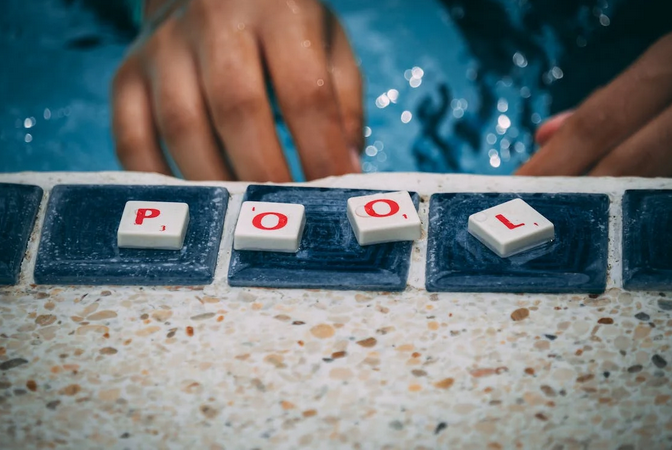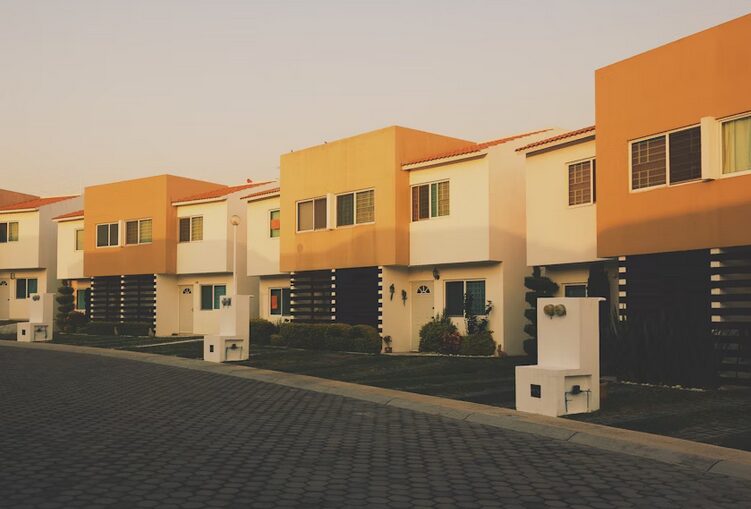
If we talk about our beautiful swimming pools, where serene blue waters meet the challenges of wear and tear, we can’t deny that they’ll get damaged over time. As a proud pool owner, you know that keeping your oasis in pristine condition requires constant attention and care.
One crucial aspect to monitor is the health of your pool tiles – those beautiful accents that add style and character to your aquatic haven. The question is, what do really cause pool tile damage? But most importantly, how do we troubleshoot them to keep your pool tiles looking their best for years to come?
Chemical Imbalance

Maintaining the perfect swimming pool environment means maintaining a chemical balance. Unfortunately, according to experts from https://calciumkiller.com/, an imbalance can wreak havoc on your pool tiles and lead to unsightly damage. One common issue is pH levels that are either too acidic or too alkaline.
High acidity can cause the grout between the tiles to deteriorate over time, making them more susceptible to cracking or falling off altogether. On the other hand, excessive alkalinity can result in mineral buildup and discoloration of the tiles. Chlorine levels also play a significant role in maintaining tile health. While chlorine is necessary for sanitization purposes, excessive amounts can be detrimental. Over-chlorinated water may cause fading or even bleaching of your beautiful tile surfaces.
Abrasive Pool Cleaners
Let me tell you, your pool cleaners might not be good for your pool. Let me explain. Some cleaners can actually cause damage to the tiles in your pool if used incorrectly. In fact, one common cause of tile damage is abrasive pool cleaners. These types of cleaners use brushes or scrubbers with rough bristles that can scratch and wear down the surface of your tiles over time. While abrasive cleaners may be effective at removing stubborn stains and debris, they should be used sparingly and with caution.
To minimize potential damage from abrasive cleaners, consider alternative cleaning methods, such as using a soft brush or cloth for regular maintenance. Additionally, regularly testing and maintaining proper water chemistry can help prevent dirt buildup that may require harsher cleaning methods.
Freeze-Thaw Cycles

When water freezes, it expands, and when it thaws, it contracts. This constant expansion and contraction can put a lot of stress on your pool tiles. During the winter months, if you live in an area where temperatures drop below freezing, your pool water can freeze.
As the water freezes down, it basically expands and can make the tiles crack or loosen. So when spring is finally there, accompanied by the rising temperatures, the frozen water thaws out. The contracting process puts additional pressure on already weakened tiles, leading to further damage. So, before freezing temperatures hit, make sure to properly winterize your pool by draining all the water and covering it securely. It’s also a good idea to invest in frost blankets.
Impact and Pressure
Impact and pressure can be another major cause of damage to pool tiles. Whether it’s from objects being dropped or heavy foot traffic, the force exerted on the tiles can lead to cracks, chips, or even complete breakage. One common scenario where impact damage occurs is when people dive into the pool without checking the depth first. The force generated by their body hitting the water can create a shockwave that reverberates through the pool, potentially causing tiles to dislodge or crack.
Using protective measures such as rubber mats around areas prone to impacts can help absorb some of the force and reduce tile damage. This way, you’ll minimize the risk of costly repairs while ensuring a safer swimming environment for everyone.






